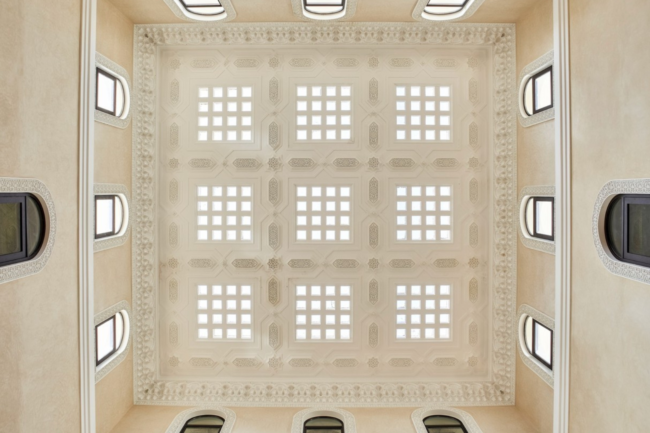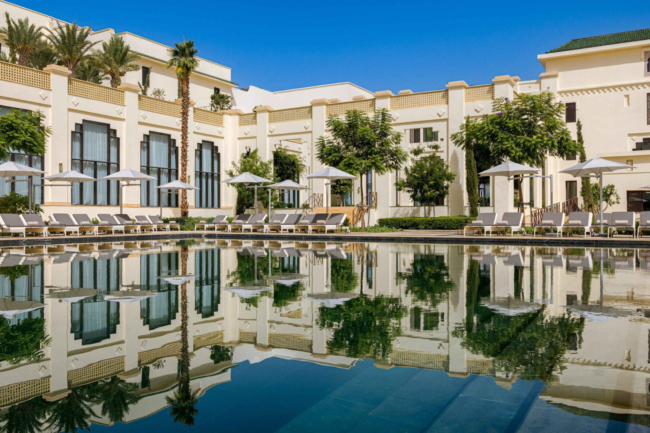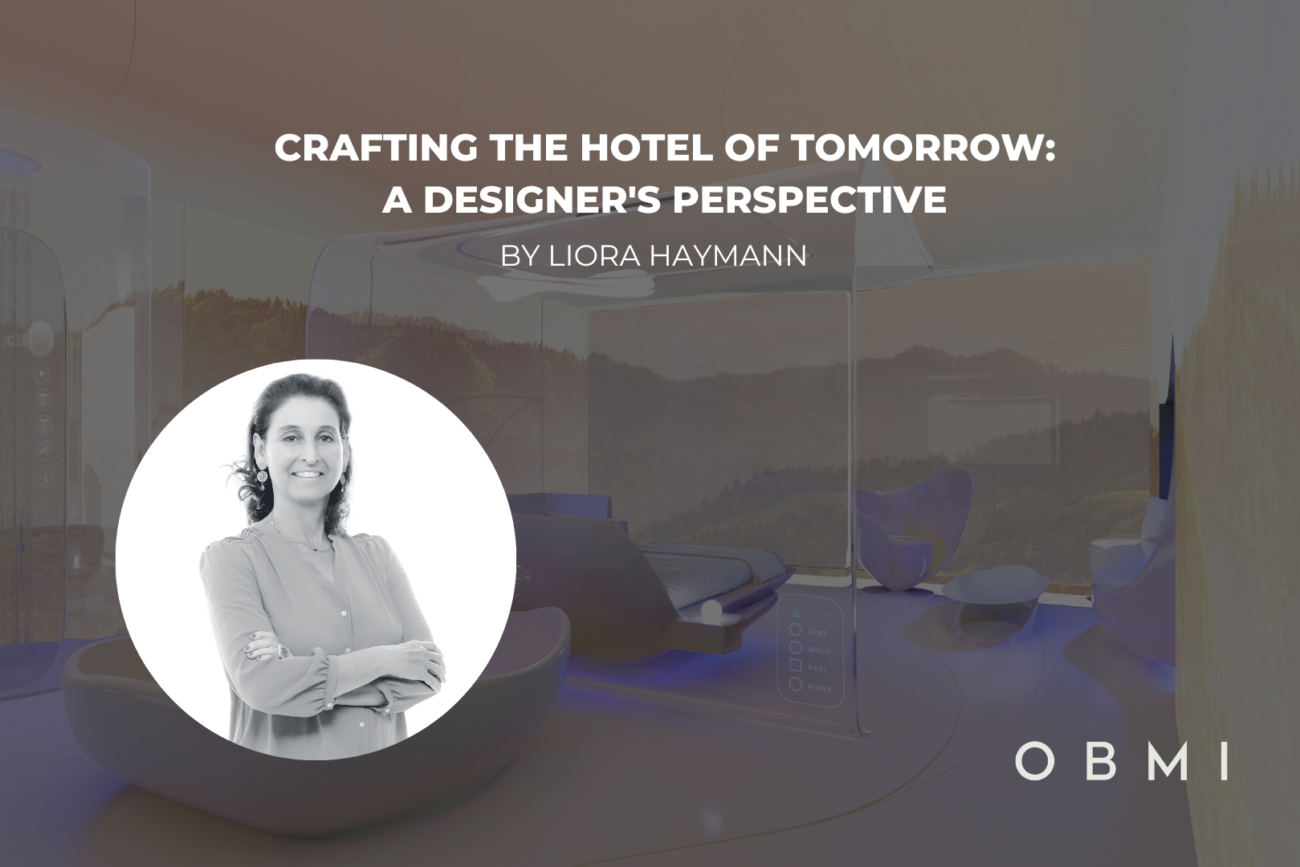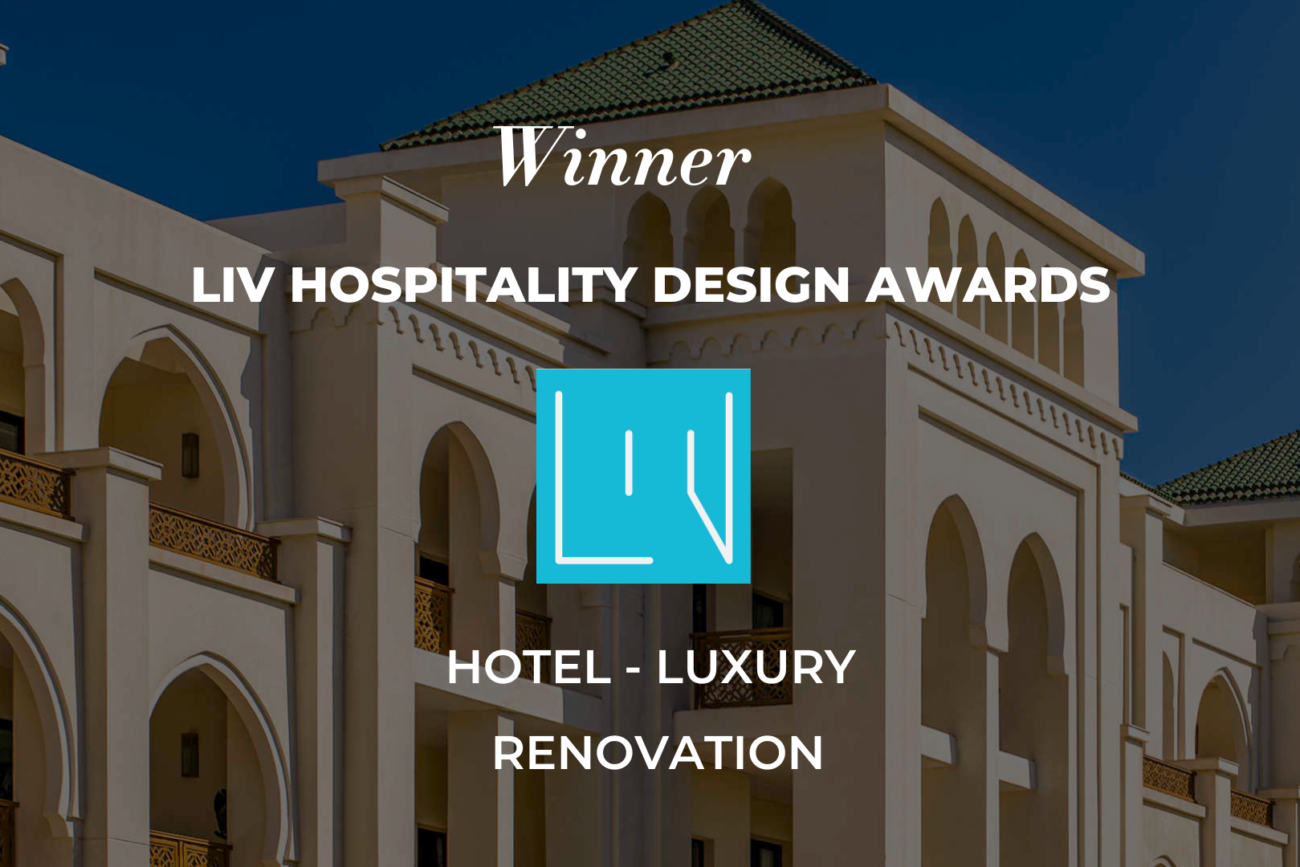AD Middle East Highlights the Vintage Architecture of Fairmont Tazi Palace Tangier
The OBMI-designed Fairmont Tazi Palace reinvents a glamorous 1920s villa as a sustainable urban retreat
By Amy Bradford
Originally Published by AD Middle East

Secluded in the hills overlooking Tangier amid 3.5 acres of gardens planted with olive, palm and eucalyptus trees, the Tazi Palace is a relic of more glamorous times. Built in the 1920s for Mendoub Ahmed Tazi, an advisor to the king of Morocco, the labyrinthine villa is distinguished by its ornate, creamy-coloured Moorish façade and a central honeycomb of skylights, which allow light to flood into the 40-foot-high foyer. Never completed and abandoned for decades, it has only now been restored as the glorious Fairmont Tazi Palace hotel.

At a time when travellers are seeking out authentic experiences, the opportunity to explore this historic jewel will be hard to resist. A multimillion-dollar restoration was entrusted to global hospitality design studio OBMI, who worked with Madrid architects CCCRA to preserve the spirit of the palace.
“For us, this was an opportunity to create something that would celebrate Morocco’s rich history, and inspire new visitors to come to Tangier,” says Doug Kulig, CEO of OBMI and the project’s lead designer. “The hotel is a transformational experience. It has timeless allure, transporting those who visit back in time. Our aim was to capture the grandeur that was synonymous with the vibrant city. We made a conscious effort to consider what the original architect intended, commissioning local artisans to gently restore the traditional Moroccan mouldings and patterns in each space, and weaving authentic moments of the palace’s past into the new story. After nearly a century, it’s now a symbol of timeless Moroccan luxury and craftsmanship.”
Their interior design evokes the glamour of the 1920s. The 133 guest rooms, suites and penthouses are decorated in a Mediterranean-inspired palette of turquoise, sandy beige and white, and embellished with details in gold, bronze and stone. Marble-clad bathrooms exude classic opulence, while the handcrafted wooden mousharabieh screens, tadelakt plaster finishes, mosaics and zellige tiles around the hotel were commissioned from local artisans, as were the bespoke textiles and artwork that adorn each room.
Rooms on the ground floor open onto Arabic and Andalusian-style gardens, as are often found in Morocco; rooms upstairs, meanwhile, offer glimpses of the Tangier skyline and Rif Mountains beyond.
A stay here is so replete with things to see and do that the lure of the bustling city may recede. Amid the tranquil gardens is a dramatic black marble swimming pool; elsewhere, the Fairmont Spa boasts hammams, a solarium and a yoga studio, and there are no less than seven restaurants and bars to hop between. Visit Crudo for Mediterranean cuisine, and Parisa for Persian dishes on an outdoor terrace; Innocents, the speakeasy-style bar, is a must-see for its bright colours and oversized portrait murals.
The Fairmont Tazi Palace speaks to the growing trend for sustainable travel, both in its imaginative re-use of an old building, and in its modus operandi. Waste is strictly minimised, with eco-friendly corn toothbrushes and plastic-free minibars, both standard. The hotel has a fruit and vegetable garden to supply its restaurants, too.






